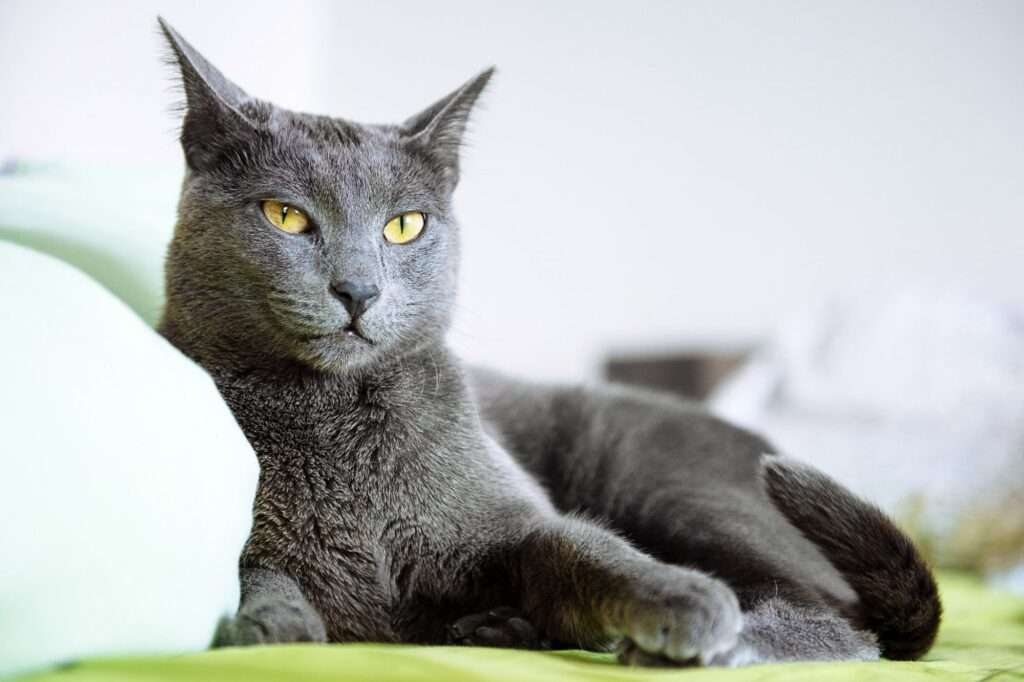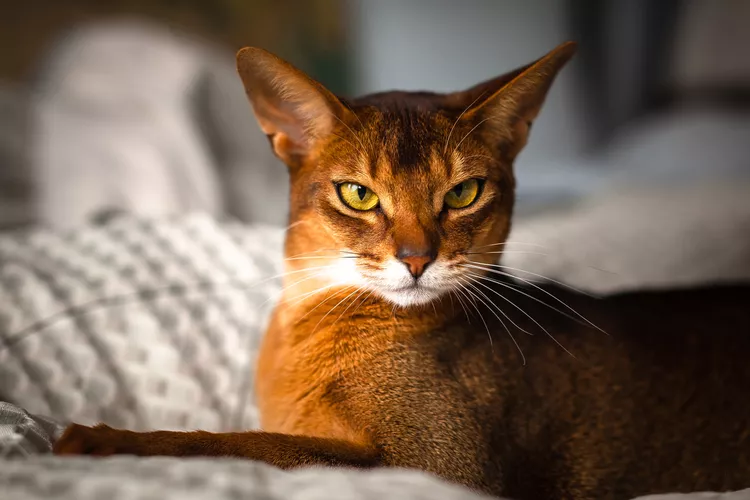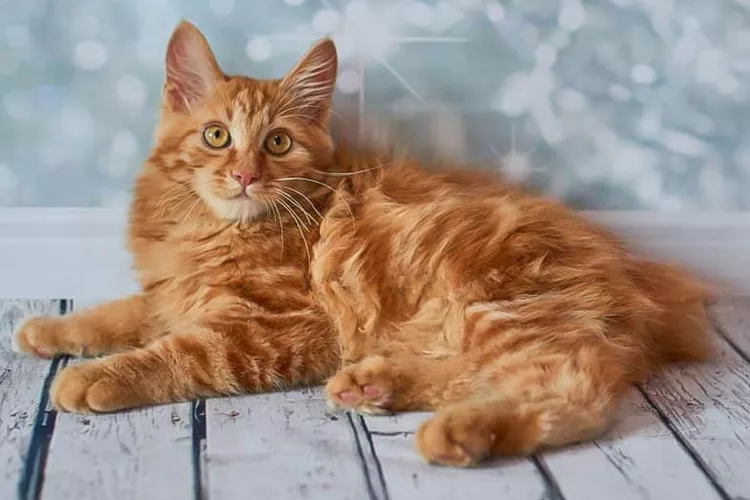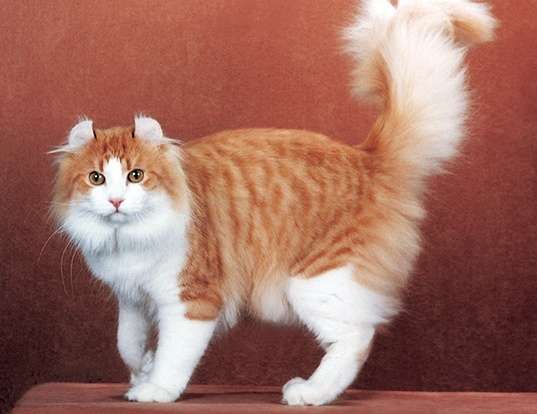
Description
Size: 7-15lbs
Russian blues are medium-sized cats with short, luxurious coats of fur that stick out from their frames and give them the illusion of being bigger than they actually are. Their velvety, silky coats are a dark charcoal gray with faint, dazzling silver tips. Although the Russian Blue has a wedge-shaped head, it has a wide set of cheekbones that give it an open, happy appearance that is framed by very large, flared ears. They are also known as Archangel cats.

Behavior
Activity Level: Moderate
Social needs: reserve with strangers, enjoy human company
The Russian Blue is a charming and classy companion. When interacting with strangers, they are reserved and prefer to observe from a distance before deciding whether or not to become friends. Once a Russian Blue has evaluated and accepted you, they are incredibly devoted and will expect you to fulfill all of their needs and desires. They make entertaining and comparatively less demanding cat pals since they are affectionate and playful. They usually get along well with children and other pets, including other cats and the household dog.
Origin/History
Although the complete breed history of the Russian blue is unknown, these cats are assumed to have evolved on Archangel Island in northern Russia, where they were originally known as Archangel cats. The gorgeous blue cats were brought to various regions of Europe after becoming famous among Russian nobles.
Care as a Pet
Russian blue cats are wise felines. They may be trained to play retrieve and are entertaining and playful. Despite not being a particularly vocal breed, they frequently respond when spoken to and given opportunities to “talk back.”
Make sure your cat gets a scratching post so it may get the essential stretching and activity. This breed can continue activity and exercise on its own, which is fantastic for families who lead hectic lives. By regulating cat food servings, you can regulate your weight. Reduce the amount of food provided to your cat and discuss its diet with your veterinarian if it starts to get chubby.
Nutrition and Diet
It is always advised to discuss the finest food to feed your Russian blue with your veterinarian. Overfeeding should be avoided because the Russian blue is known to like eating. The greatest method to prevent weight-related health problems like diabetes, heart disease, and arthritis is to maintain a lean body.
Feed your Russian blue cat measured portions of food two to three times per day during regular mealtimes. Even though leaving food out all day might be practical, it can encourage constant snacking, which can make a cat gain weight. 24 hours a day, always have fresh water on hand.
Grooming needs
The Russian blue doesn’t require much maintenance when it comes to grooming. To get rid of their loose hairs and reduce shedding, these cats only need to be brushed once a week.
Table





